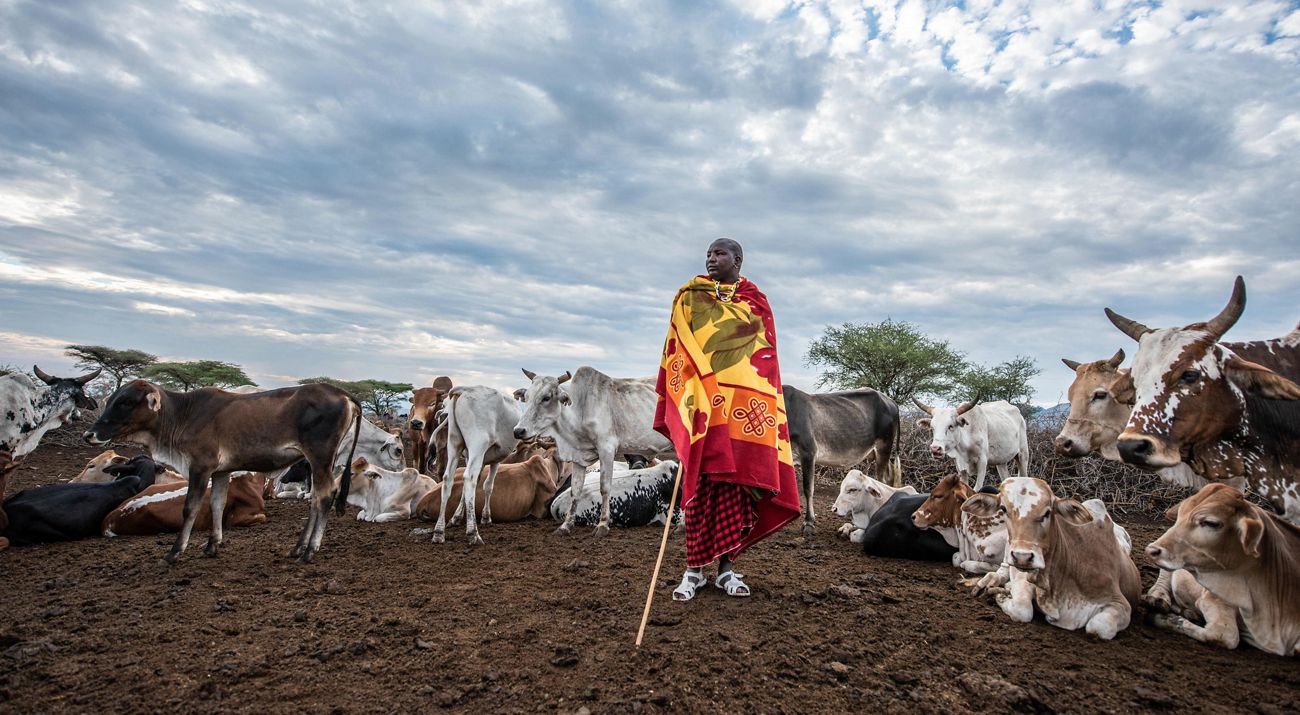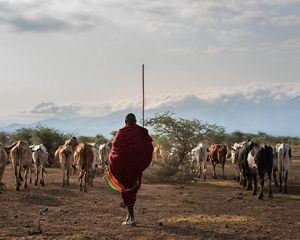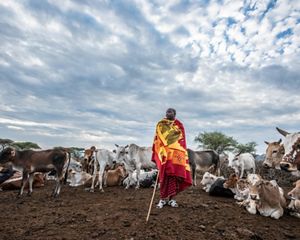New Research
Economic, Environmental and Social Context Are Essential to Achieving Sustainable Livestock Production
Scientists publish findings from an analysis of 10 livestock systems around the globe
Livestock farmers, ranchers and pastoralists manage one-third of the world’s land and nearly 20% of global fresh water. Production systems and practices vary widely, shaped by diverse environmental, cultural and economic contexts.
Despite increasing calls for sustainability, progress across the livestock sector has been uneven. There is no one-size-fits-all solution to maximize benefits for people and nature. Financial investors, researchers, corporate partners and policymakers—especially those involved in implementing the United Nations Sustainable Development Goals and Rio Conventions for biodiversity, climate and land conservation—increasingly recognize the unique challenges and opportunities within each of these systems. A comprehensive understanding of these contexts can enable stakeholders to collaborate on effective policies, investments and innovations that secure productivity and social benefits through environmental stewardship. Working together, with more context-specific understanding, can drive meaningful change.
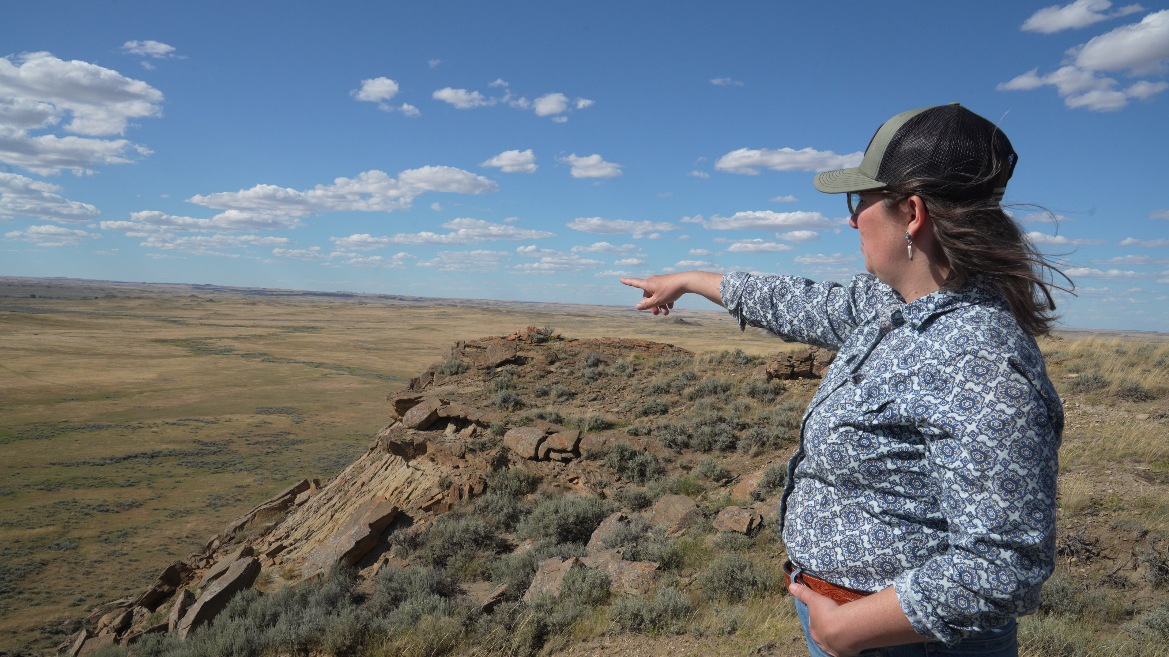
Canada and the United States: Sustainable Ranching on the Northern Great Plains
Ranchers in the Northern Great Plains of the United States and Canada operate in a unique space where local traditions intersect with global markets. Challenges such as narrow financial margins, limited labor availability and severe climate events like droughts and wildfires threaten their operations. These pressures also impact the health of rangelands and the surrounding environment.
Opportunities for sustainability include adopting adaptive grazing management and land-based restoration practices. Methods like rotational grazing and optimized grazing can promote healthy plant communities, restore soil health and increase water retention. Targeted incentives such as payments for ecosystem services could encourage ranchers to integrate these practices, bolstering biodiversity while maintaining agricultural productivity.
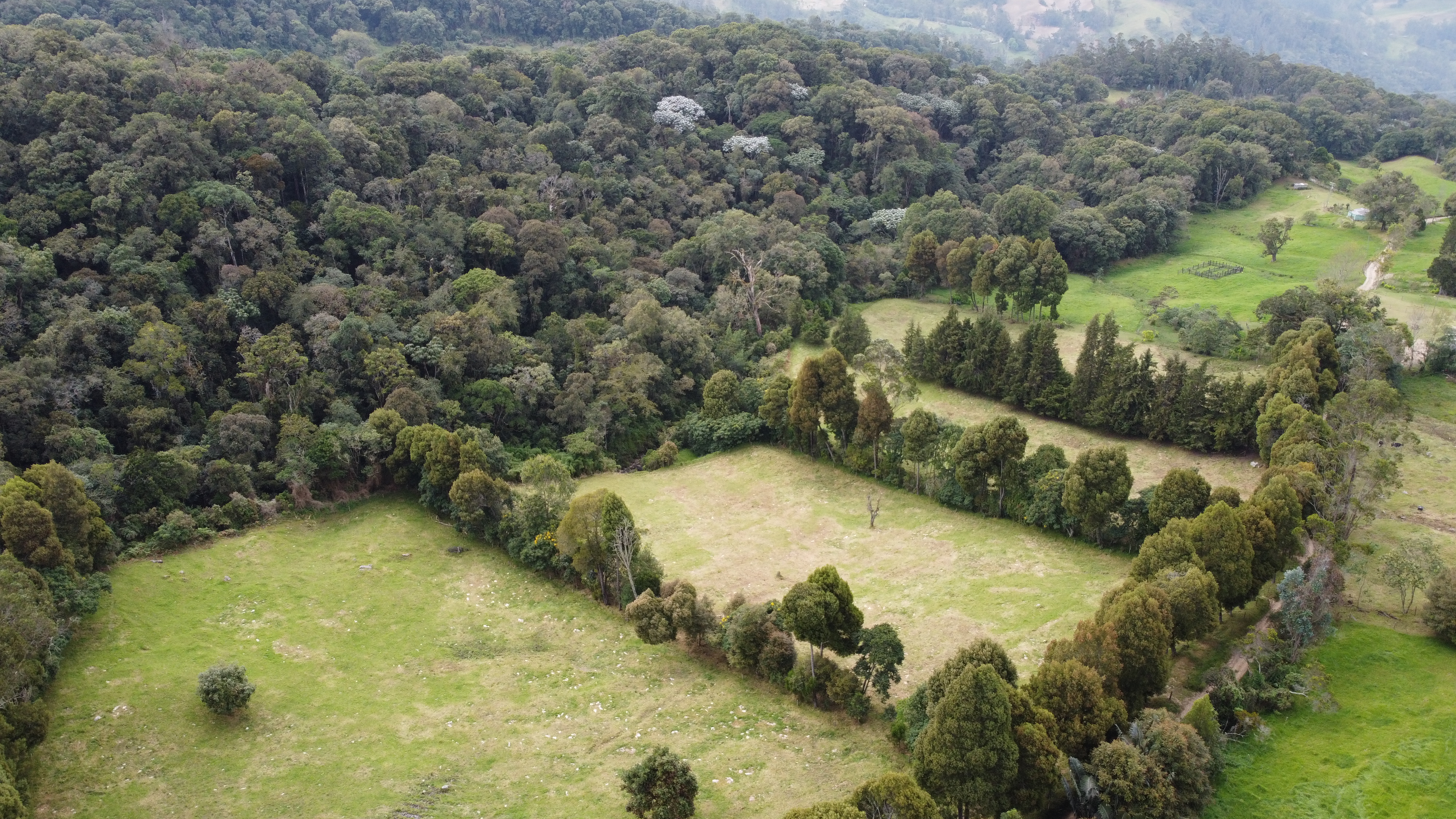
Colombia: Regenerative Practices on the High-Andean Slopes
On the high slopes of the Andes, livestock producers are adopting regenerative practices like silvopasture, re-integrating trees into grazing systems. These methods help restore degraded landscapes, diversify farm profits, combat climate change and enhance biodiversity. By increasing shade and soil fertility, silvopasture benefits people, livestock and ecosystems.
However, implementation remains financially challenging. Many producers lack access to technical and financial resources needed to transition to new practices, and markets do not yet reward these regenerative practices. Policies that provide financial incentives, along with education and technical assistance, can empower producers to transition to silvopasture and to reduce reliance on practices that cause deforestation and biodiversity loss.
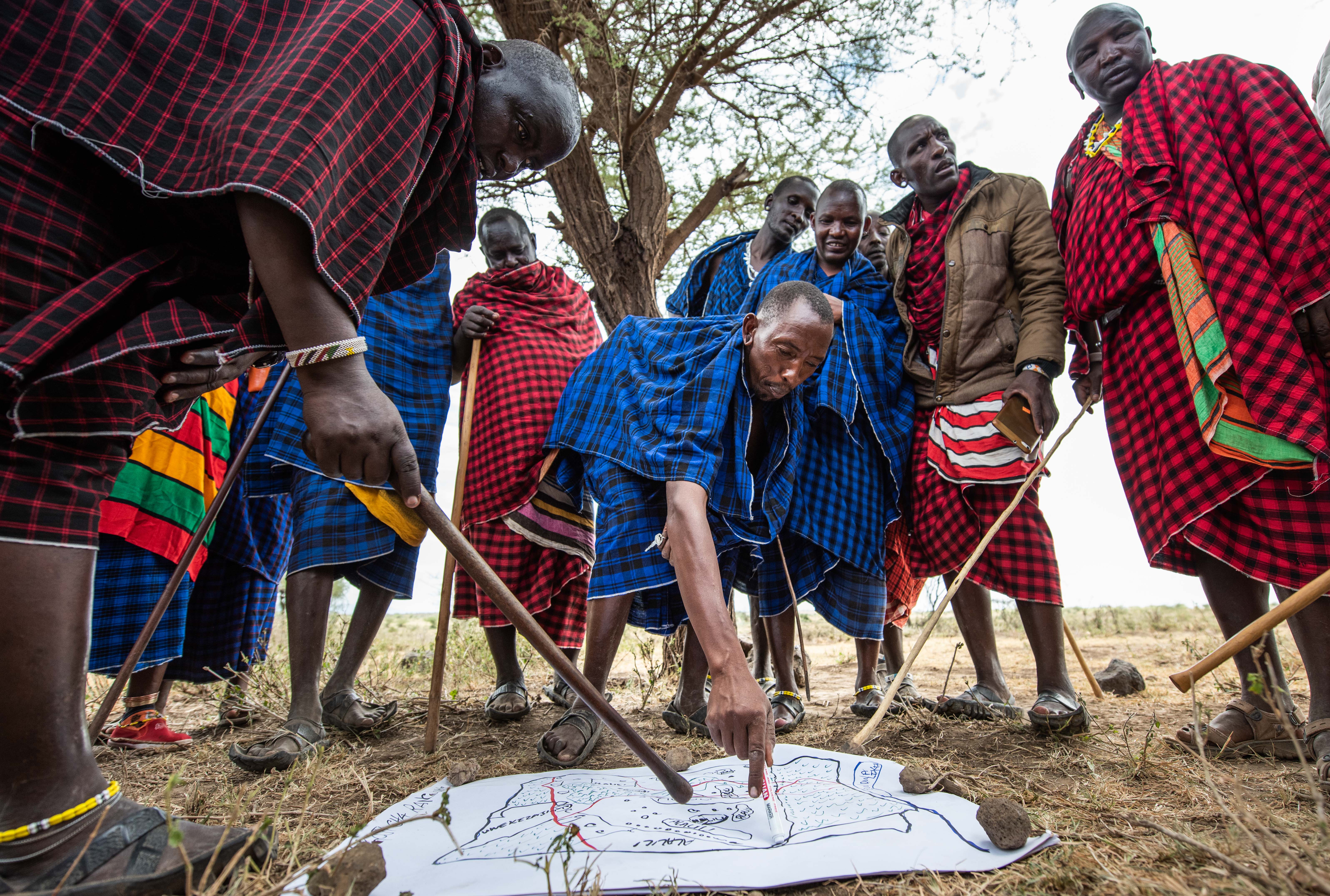
Tanzania: Livestock as a Lifeline in the Tarangire-Manyara
In Tanzania’s Tarangire-Manyara ecosystem, livestock are central to the livelihoods and cultural heritage of the Maasai people. These pastoralist (or semi-nomadic) communities rely on grazing native grasslands to feed their herds. However, this extensive grazing system faces challenges such as fragile soils, unstable land access rights, invasive species and competition with wildlife for limited resources. Seasonal water shortages and prolonged droughts, worsened by climate change, exacerbate these challenges.
Sustainability solutions include improving livestock breeds to enhance resilience and productivity and adopting grazing strategies that reduce land degradation. Culturally attuned technical advisory programs could help herders adopt practices that support both livestock and wildlife, sustaining traditional livelihoods and supporting environmental conservation.
The Importance of Context in Livestock Sustainability
Global interest in livestock systems and rangelands is growing, particularly in the context of climate change and food security, but not fast enough. Achieving a just and sustainable transformation of food systems requires understanding the environmental, economic, social and cultural contexts of livestock production. By addressing these dimensions holistically, decision-makers can craft policies and investments that support nature and foster equitable solutions for people worldwide.
Collaboration among policymakers, researchers, financial institutions and corporate partners will be critical to advancing sustainable livestock practices. As we work toward a regenerative future for food systems, it is vital to prioritize approaches that enhance biodiversity, safeguard against climate change and support rural communities.
This project is part of a research collaboration led by The Nature Conservancy, with support from the MacDoch Foundation and the Cornell Atkinson Center for Sustainability. We thank our research partners from the World Resources Institute, JG Research & Evaluation, University of Oxford, University of Cape Town, Conservation South Africa, CSIRO, University of Queensland, Egerton University, Cornell University, Wageningen University, Colorado State University, University of Tazmania, and University of California, Berkeley.
Global Insights
Check out our latest thinking and real-world solutions to some of the most complex challenges facing people and the planet today.
